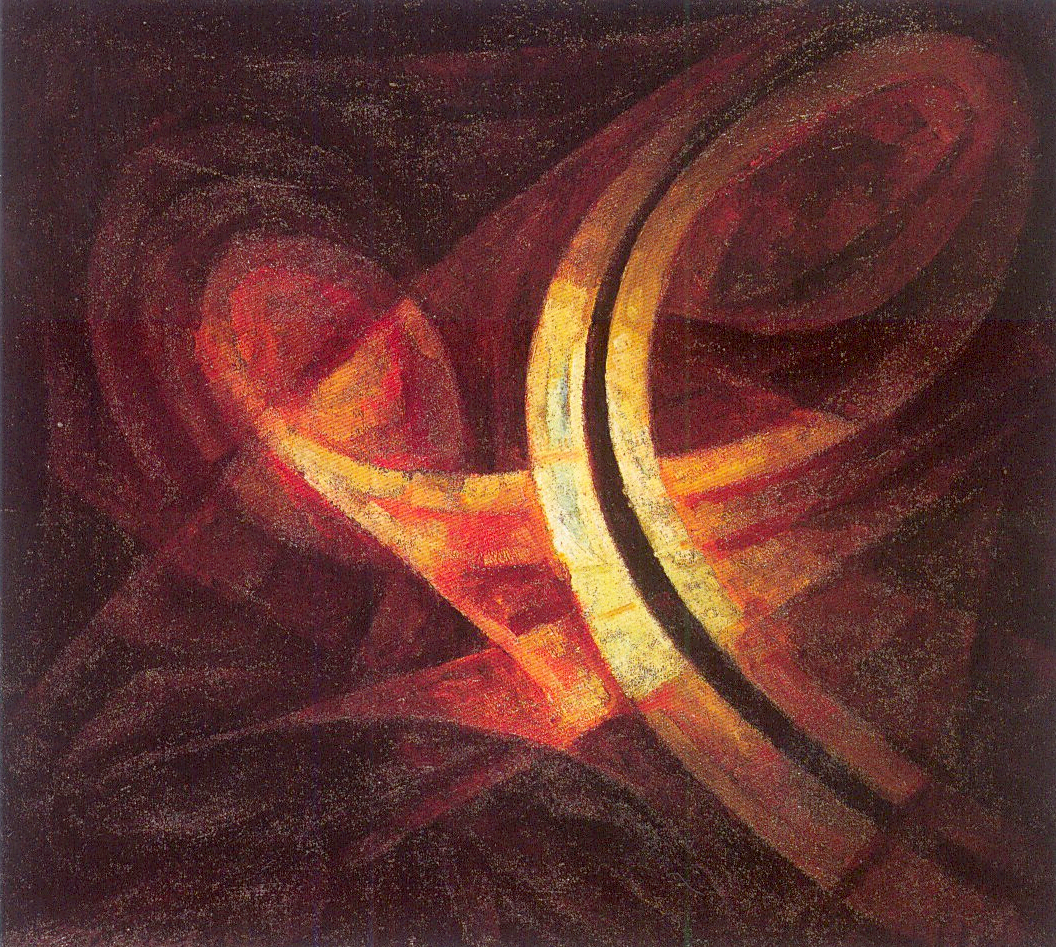SPACE
By:
November 23, 2023
A series dedicated to poems, published c. 1900–1935, the Radium Age sf-adjacent themes of which include: dystopia and utopia, far-out mathematics and the fourth dimension, Afro-futurism, catastrophe, future war, new technologies, scientific breakthrough, dehumanization, cosmic awe, disenchantment and unseen forces, unknowable aliens and singularity. Research and selection by Joshua Glenn; thematic index here.

Space, of course, is alive
that’s why it moves about;
and that’s what makes it eternally spacious
and unstuffy.
And somewhere it has a wild heart
that sends pulses even through me;
and I call it the sun;
and I feel aristocratic, noble, when I feel I
a pulse go through me
from the wild heart of space, that I call the
sun of suns.
— From Pansies (1929)
“Space,” here, refers not to the region beyond the earth’s atmosphere, but to the three-dimensional extent in which objects and events occur and have relative position and direction. Pansies is a book whose poems (if that’s what they are) build upon one another; so it’s important to note that “Space” is immediately preceded by “Relativity” — about Einsteinian space-time theory (which makes the narrator feel as though space shifted about like a swan that can’t settle).
RADIUM AGE PROTO-SF POETRY: Stephen Spender’s THE PYLONS | George Sterling’s THE TESTIMONY OF THE SUNS | Archibald MacLeish’s EINSTEIN | Thomas Thornely’s THE ATOM | C.S. Lewis’s DYMER | Stephen Vincent Benét’s METROPOLITAN NIGHTMARE | Robert Frost’s FIRE AND ICE | Aldous Huxley’s FIFTH PHILOSOPHER’S SONG | Sara Teasdale’s “THERE WILL COME SOFT RAINS” | Edith Södergran’s ON FOOT I HAD TO… | Robert Graves’s WELSH INCIDENT | Nancy Cunard’s ZEPPELINS | D.H. Lawrence’s WELLSIAN FUTURES | & many more.
